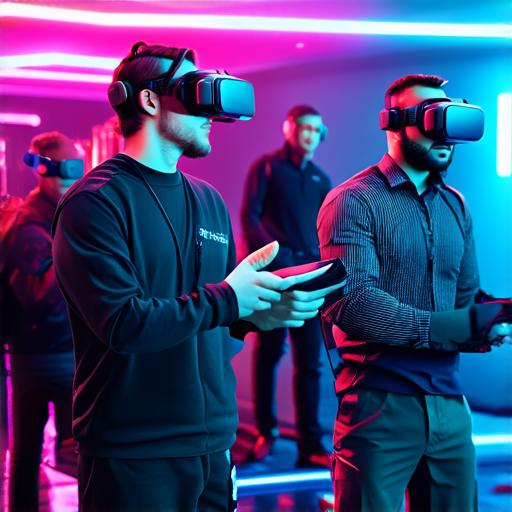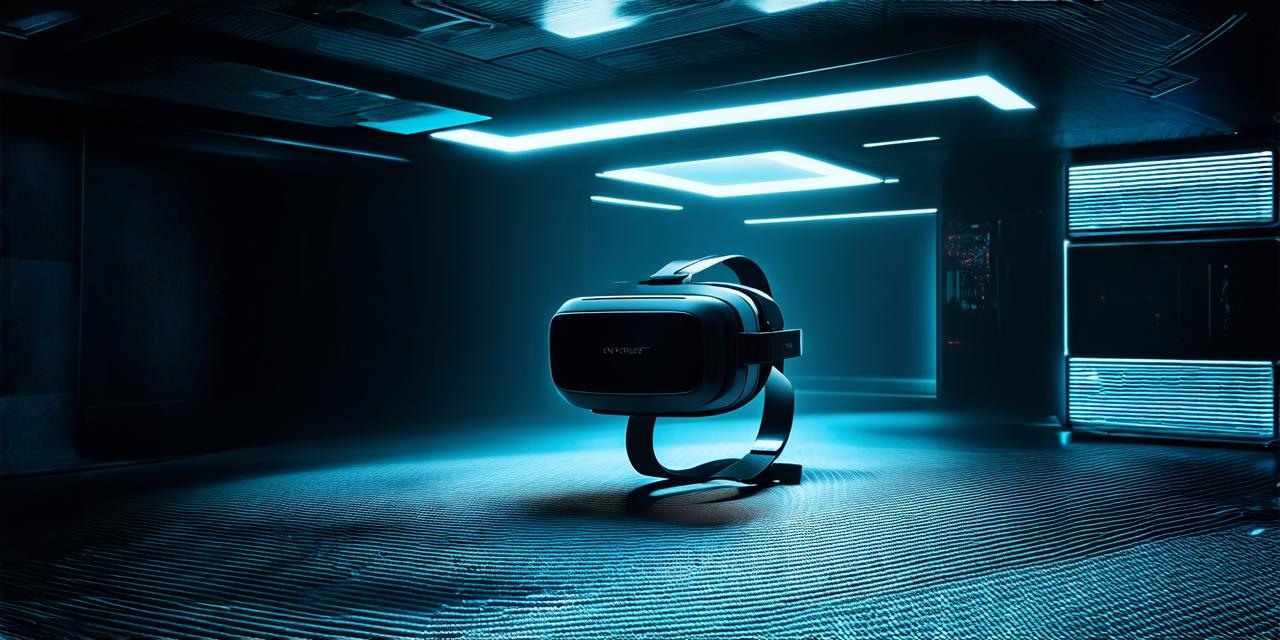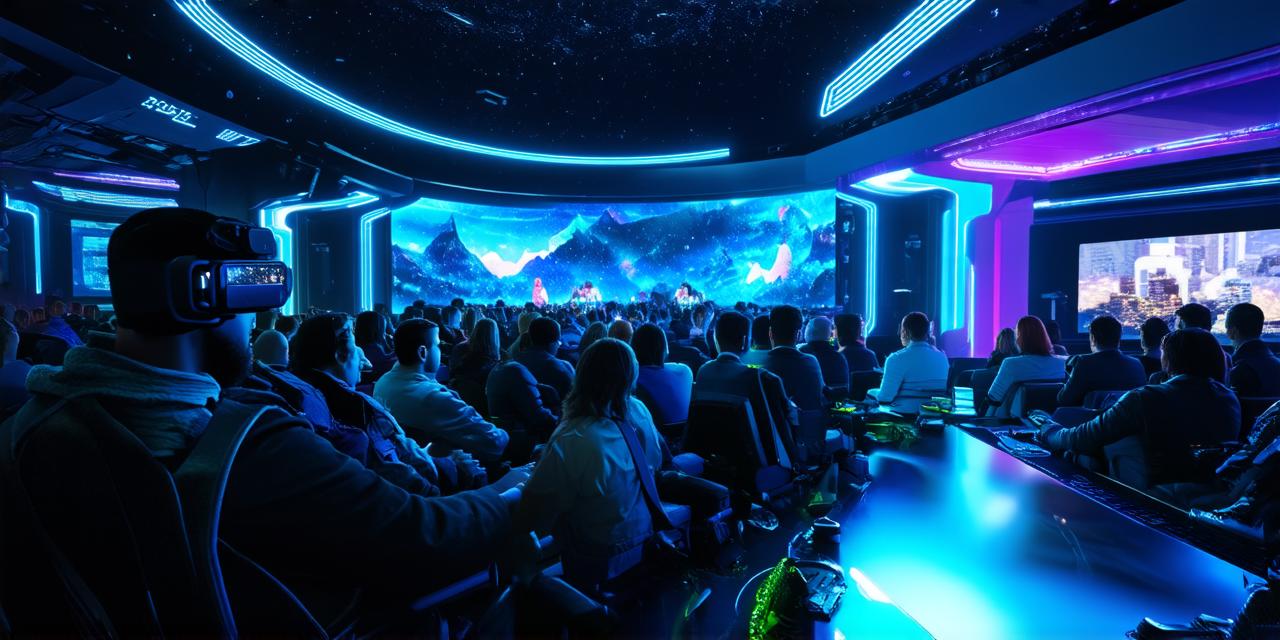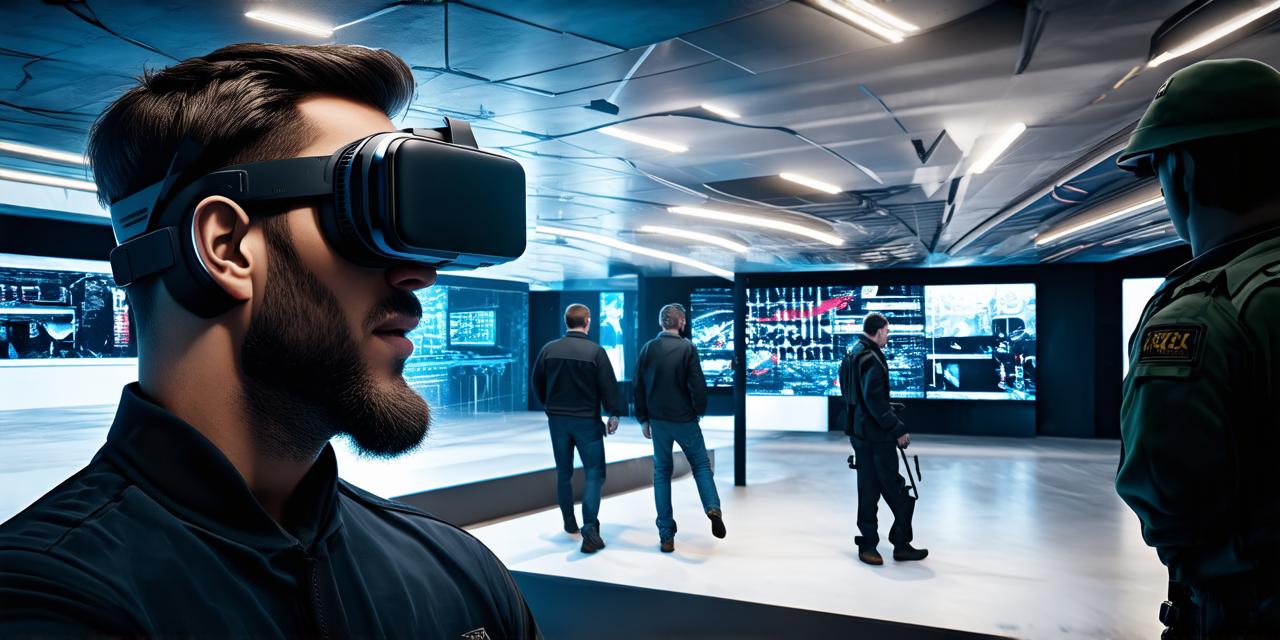Virtual Reality (VR) technology has been around for a few decades now, but it’s only in the last few years that VR has really started to gain traction in various industries.
From gaming to healthcare, education to tourism, and many more, VR is transforming how we interact with the world.
1. Gaming
Gaming is perhaps the most well-known industry that uses VR. With VR, gamers can immerse themselves in a virtual environment and interact with games in ways that were previously impossible. Games can be played on gaming consoles or PCs, and some even require special VR headsets to play them properly. VR gaming has opened up new opportunities for game development and has attracted players from all over the world.
2. Healthcare
VR technology is being used in healthcare to help patients with a wide range of conditions. For example, it can be used to simulate surgical procedures, allowing doctors to practice before performing the actual surgery. It can also be used to treat phobias, anxiety disorders, and post-traumatic stress disorder (PTSD) by exposing patients to virtual environments that trigger their fears.
3. Education
VR technology is being used in education to enhance the learning experience for students. For example, it can be used to take virtual field trips to historical sites or to simulate scientific experiments. VR education has also been used to teach language skills and cultural awareness by immersing students in virtual environments that represent different countries and cultures.
4. Tourism
VR technology is being used in the tourism industry to allow people to explore destinations from the comfort of their own homes. For example, some hotels are offering virtual tours of their properties, allowing potential guests to see what they have to offer before making a booking. VR can also be used to create immersive travel experiences that allow people to explore a destination in a more interactive and engaging way.
5. Real Estate
VR technology is being used in the real estate industry to help buyers and sellers visualize properties in a more realistic way. For example, it can be used to create virtual tours of properties that are difficult to access in person, such as those located in remote areas or those with restricted access. VR can also be used to create interactive showrooms that allow potential buyers to see different layouts and design options for a property.
6. Manufacturing
VR technology is being used in the manufacturing industry to improve efficiency and reduce costs. For example, it can be used to simulate production processes and identify bottlenecks or areas where improvements can be made. VR can also be used to train workers on complex tasks, allowing them to practice in a safe and controlled environment before performing the actual task on the job.
7. Training and Simulation
VR technology is being used in training and simulation industries to provide realistic and immersive training experiences for professionals in various fields. For example, it can be used to train soldiers on combat tactics or to simulate emergency response scenarios for first responders. VR can also be used to train pilots on flight simulations or to simulate medical procedures for doctors and nurses.

In conclusion, VR technology is being used in a variety of industries to enhance operations and improve the overall user experience. From gaming to healthcare, education to tourism, and many more, VR is transforming how we interact with the world. As VR technology continues to evolve, we can expect to see even more innovative uses for this technology in the future.


